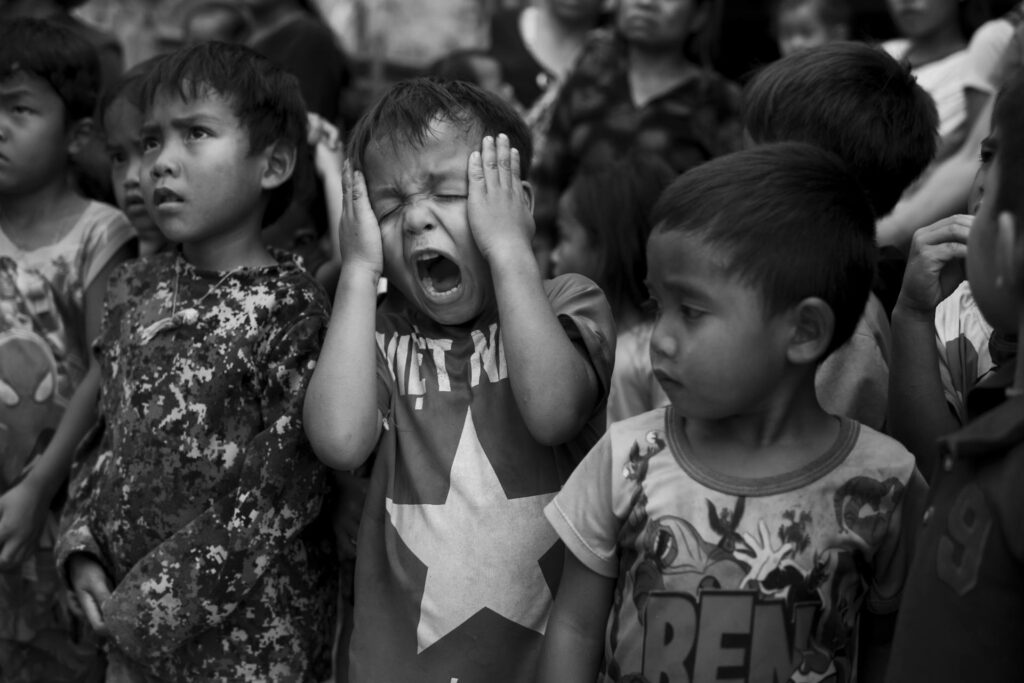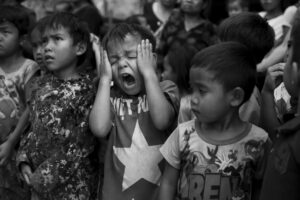Discipline is a cornerstone of raising well-rounded, respectful children—but the methods we choose to enforce discipline have lasting effects on a child’s emotional, mental, and physical development. In South Africa, the Corporal Punishment Act formally abolished the use of physical punishment in schools, prompting a necessary conversation about safer and more constructive alternatives for discipline, both in schools and at home.
In this article, we’ll explore what the Corporal Punishment Act is, its purpose and significance, and how parents and caregivers can approach discipline in a positive, non-violent way. This blog includes insights to help guide parents in fostering respectful, well-behaved children without the use of physical punishment.
What is the Corporal Punishment Act?
Corporal punishment refers to the physical disciplining of children, including actions such as smacking, slapping, or caning. Historically, corporal punishment was a widely accepted method of discipline in South African schools and homes. However, growing awareness of children’s rights and the psychological harm caused by physical discipline led to major legislative changes.
The Abolition of Corporal Punishment Act 33 of 1997 was enacted to remove the legal defence of corporal punishment in South African schools. It legally banned teachers and school authorities from using physical punishment as a disciplinary measure. As outlined in the official government document, the act’s primary purpose was to align South African law with the Constitution and the rights of children to be free from all forms of violence.
Despite being law for over two decades, enforcement and compliance have been inconsistent. Corporal punishment still occurs in many schools, especially in under-resourced areas. This highlights a persistent challenge in shifting societal attitudes and educating communities about alternative discipline.
Why Was the Corporal Punishment Act Necessary?
The move to abolish corporal punishment was not just legal—it was rooted in the need to protect children’s physical and emotional well-being. According to research, corporal punishment may seem effective in the short term but often leads to long-term harm, including:
- Increased aggression and anxiety
- Damage to parent-child or teacher-student relationships
- Poor academic performance
- Normalisation of violence as a conflict resolution method
Children who are physically punished are more likely to develop behavioural problems and emotional difficulties. The Act was a pivotal moment in reframing discipline not as a matter of control, but of guidance and respect for the child’s rights.
What Does the Act Say?
The Abolition of Corporal Punishment Act (Act 33 of 1997) simply states that no person may impose corporal punishment as a sentence or punishment for a crime or offence. Specifically, in the education context, it means:
- Teachers and school staff are prohibited from using any form of physical punishment.
- Corporal punishment cannot be justified as a disciplinary tool under any circumstances.
- Violations can lead to disciplinary action, legal consequences, and possible removal from professional registers.
This Act reinforces the right of every child to be treated with dignity and respect, as enshrined in the South African Constitution and the Children’s Act.
What About at Home?
In 2019, the South African Constitutional Court ruled that the defence of “reasonable chastisement” (physical punishment by parents for disciplinary purposes) was unconstitutional. This means that corporal punishment is now banned not only in schools but also in homes.
This shift is crucial, as many forms of violence against children happen in domestic settings. Yet, it also leaves many parents wondering: How do we discipline children effectively without using force?
Alternative Forms of Discipline
Discipline does not need to be rooted in pain or fear to be effective. In fact, research consistently shows that positive discipline fosters stronger relationships and better behaviour in the long term. Here are a few non-violent approaches to discipline that align with child development and emotional intelligence:
1. Positive Reinforcement
Acknowledge and reward good behaviour. Children are more likely to repeat behaviours that are noticed and praised. Simple recognition, such as saying, “I’m proud of you for sharing,” can reinforce positive actions.
2. Time-In, Not Time-Out
Instead of isolating a child when they act out, use a “time-in” approach. Sit with them and help them calm down, reflect on what happened, and discuss better choices. This builds emotional regulation rather than shame.
3. Clear Boundaries and Consistency
Set clear rules and follow through with appropriate consequences. For example, if screen time rules are broken, removing screen privileges for a day is logical and non-violent.
4. Natural Consequences
Let children experience the natural outcomes of their actions. If they refuse to wear a jacket on a cold day, they’ll feel cold and learn why it’s necessary without being punished.
5. Open Communication
Encourage discussions about feelings, choices, and consequences. This helps children develop problem-solving skills and understand the effects of their actions.
6. Modelling Respectful Behaviour
Children often imitate adults. By demonstrating patience, empathy, and calmness, you teach them how to handle conflict and emotions in healthy ways.
The Role of Schools and Educators
Educators play a critical role in shaping attitudes towards discipline. The South African Council for Educators (SACE) strongly supports the abolition of corporal punishment and encourages professional development in positive discipline techniques. Teachers are expected to manage behaviour with respect, empathy, and structure, not fear.
Looking Ahead: The BELA Bill
The Basic Education Laws Amendment (BELA) Bill is currently under consideration to reinforce and align educational laws with the ban on corporal punishment. It proposes even stricter enforcement, including penalties for violations and increased support for educators to implement positive discipline strategies.
This legislative move shows the state’s commitment to creating safe, nurturing school environments that protect children from all forms of harm.
Conclusion
The Corporal Punishment Act is more than just a law—it represents a shift toward a more compassionate, effective, and respectful way of guiding children. By embracing alternative discipline strategies, both parents and educators can help children develop emotional intelligence, responsibility, and self-discipline. At Open Minds Campus, we believe in nurturing the whole child—mind, heart, and character—through learning environments built on empathy, connection, and mutual respect.
For more parenting support and education resources, visit Open Minds Campus.
FAQs
What does South African law say about corporal punishment?
South African law prohibits all forms of corporal punishment, both in schools and at home. The Abolition of Corporal Punishment Act (Act 33 of 1997) banned its use in educational settings, and a 2019 Constitutional Court ruling extended this to domestic environments.
What is the Corporal Punishment Act 33 of 1997?
The Corporal Punishment Act 33 of 1997 formally abolished the use of corporal punishment in South African schools. It aligns with constitutional protections for children and reinforces their right to be free from violence.



